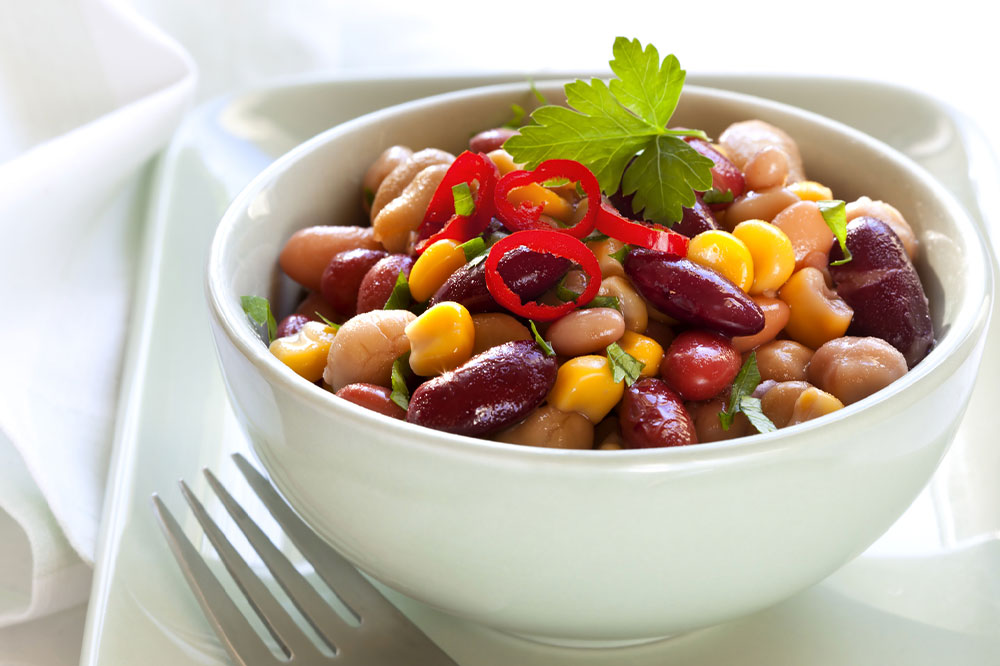Foods that can help manage pulmonary arterial hypertension

Pulmonary arterial hypertension (PAH) is characterized by unusually high blood pressure in the pulmonary arteries, blood vessels that carry oxygen-rich blood from the heart to the lungs. PAH is a progressive disease with symptoms like shortness of breath, dizziness, and chest pressure or pain. Studies indicate that certain foods can help manage the disease and improve the quality of life. Here are foods for managing PAH, along with multiple treatment options like Adempas.
Garlic
When garlic is chopped, crushed, or chewed, it releases a sulfur compound called allicin. A few studies suggest that allicin can help widen blood vessels and lower blood pressure levels, improving various symptoms of PAH. A great thing about garlic is that it’s extremely versatile. You can use it in stir-fry recipes or add it to soups and stews. To receive maximum benefits of allicin, it’s advisable to consume garlic within an hour of chopping or crushing.
High-iron foods
Foods high in iron help boost the red blood cell count. More red blood cells mean more oxygen reaches the lungs, which may provide relief from PAH symptoms. So, people with the condition must load up on iron-rich foods. Some of the best sources of this mineral include lean red meat, shellfish, legumes, quinoa, pumpkin seeds, spinach, and kale. People taking blood thinners must limit their consumption of leafy greens like kale and spinach.
Vitamin C-rich foods
Consuming lots of iron may be in vain if the body cannot absorb it. Vitamin C is a nutrient that improves iron absorption in the body. Besides, it helps bolster the immune system and has other health benefits. Some vitamin C-rich foods to eat include oranges, lemons, limes, grapefruits, tomatoes, pineapples, kiwis, broccoli, and red and yellow peppers.
Fruits and veggies
Fresh fruits and vegetables are full of anti-inflammatory elements, such as lycopene, antioxidants, and flavonoids. These can help increase the blood flow by improving the elasticity and flexibility of blood vessels. Different foods contain different varieties and levels of antioxidants, so it’s best to feast on a wide range of fruits and vegetables. Some of the best options include blueberries, strawberries, watermelon, tomatoes, avocados, kale, and beetroot. Moreover, fruits and vegetables are also beneficial for the heart, which works harder to pump blood in people with PAH.
In addition to food, doctors may prescribe medicines to control PAH symptoms. One of the medicines approved for the treatment of the disease is Adempas. In people with PAH, the medicine can improve their ability to exercise and help prevent disease progression. Besides PAH treatment, Adempas is also used for treating chronic thromboembolic pulmonary hypertension (CTEPH.)
There are various causes of PAH, and sometimes, people with idiopathic pulmonary fibrosis develop PAH as a complication. Idiopathic pulmonary fibrosis is a chronic, progressive lung disease that causes scar tissues to grow inside the lungs. To prevent this complication, doctors usually prescribe pirfenidone to Idiopathic pulmonary fibrosis patients. Pirfenidone is an oral medication that can be purchased only with the doctor’s prescription.
Marketed under the brand name TYVASO, treprostinil is an inhalation prescription for managing pulmonary arterial hypertension (PAH). It blocks a particular hormone naturally found in the blood of PAH patients. Doing so helps address the issue of blood cells becoming resistant to blood flow and increasing the risk of blockage in the arteries. Treprostinil is also suggested for patients with PH with intestinal lung disease (PH-ILD).